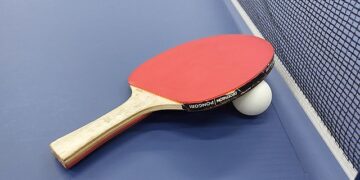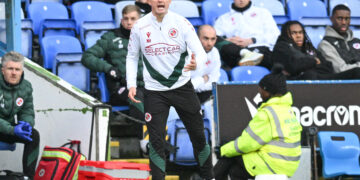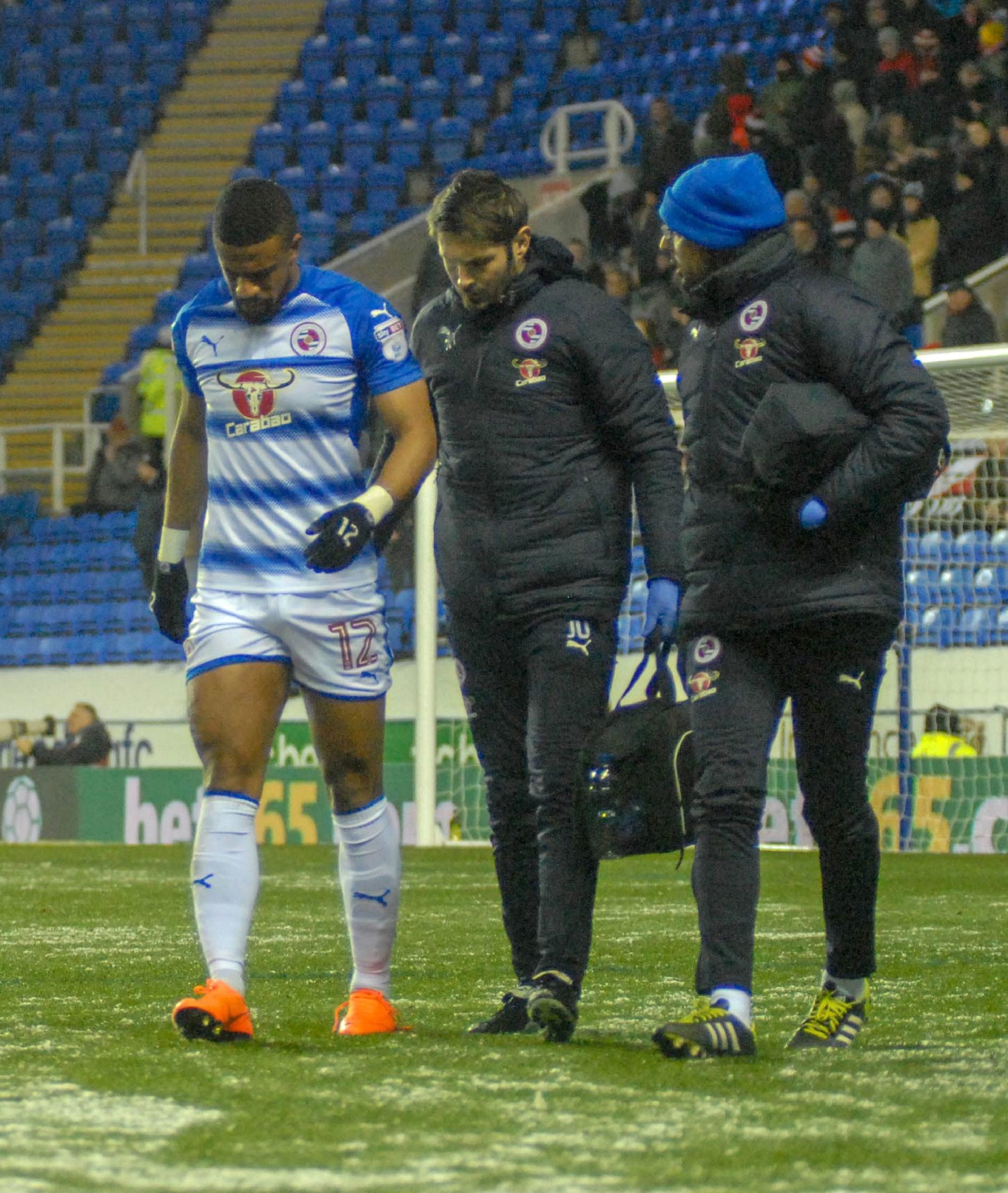During the Swansea v Reading match, which I watched on Now TV, Michael Olise, the Reading midfielder, had a breakaway and was sprinting towards the Swansea goal with only their goalkeeper in front of him.
However, a chasing Swansea defender realised the threat and brought him down from behind. Although it wasn’t a violent offence, Olise was injured by his fall and the offender received a yellow card.
After Olise received treatment, the TV commentator said, ‘hang on, he received treatment so he should go off’.
That however is not what the Law says. The Law, covering injuries is a rather contentious one, in that it actually says, ‘A player may not be treated on the field of play but can only re-enter when the ball is in play from the touch line’.
We all know that this part of the Law is never adhered to and that players are treated on the field of play.
To make up for this, the injured player has to go to the touchline after treatment and wait for a signal from the referee to re-enter. There is however quite a long list of exceptions which occasionally gets added to.
Players don’t have to go off after treatment for the following reasons: It’s the goalkeeper who is injured, a goalkeeper and an outfield player are injured, players from the same team collide and need treatment, a severe injury has occurred. (I’ve not been able to find out exactly what constitutes a severe injury), a player is injured as a result of a physical offence for which the opponent is cautioned or sent off, and a new one added last season.
A penalty has been awarded and the injured player will be the kicker.
Many ask why we have this unfair Law that deprives a team of an innocent player, if only for a short period, whilst the perpetrator remains of the field. Sadly, I fear it is used as a deterrent because players cheat.
We see so many injuries faked to gain some form of advantage, stop play, waste time, get an opponent punished.
FROM THE MIDDLE: Leaving the field after injury
POPULAR THIS WEEK
ABOUT US
Wokingham Today is dedicated to providing news online across the whole of the Borough of Wokingham. It is a Social Enterprise, existing to support the various communities in Wokingham Borough.
CONTACT US


The Wokingham Paper Ltd publications are regulated by IPSO – the Independent Press Standards Organisation.
If you have a complaint about a The Wokingham Paper Ltd publication in print or online, you should, in the first instance, contact the publication concerned, email: [email protected], or telephone: 0118 327 2662. If it is not resolved to your satisfaction, you should contact IPSO by telephone: 0300 123 2220, or visit its website: www.ipso.co.uk. Members of the public are welcome to contact IPSO at any time if they are not sure how to proceed, or need advice on how to frame a complaint.











































